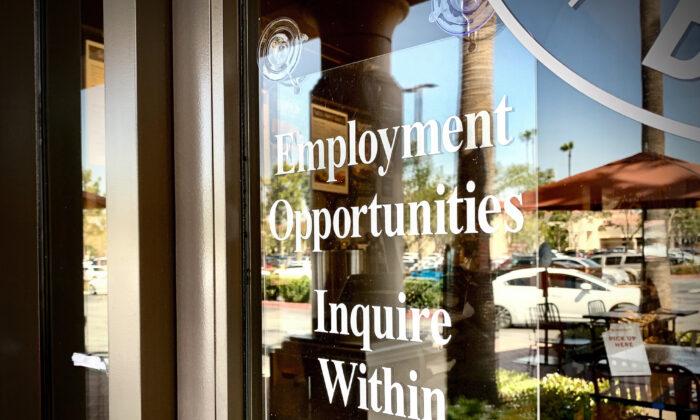Payroll processor ADP said in its closely watched jobs report that America’s private employers not only failed to add any jobs in January but payrolls actually dropped by more than 300,000 that month, teeing up what could be a disappointing jobs report when official government statistics are released on Feb. 4.
“The labor market recovery took a step back at the start of 2022 due to the effect of the Omicron variant and its significant, though likely temporary, impact to job growth,” Nela Richardson, chief economist at ADP, said in a statement.
“The majority of industry sectors experienced job loss, marking the most recent decline since December 2020. Leisure and hospitality saw the largest setback after substantial gains in fourth quarter 2021, while small businesses were hit hardest by losses, erasing most of the job gains made in December 2021.”
While ADP reports don’t always align with official payroll numbers from the Bureau of Labor Statistics, due to be released on Feb. 4, they’re often looked to as a predictor of the government figures, which tend to move markets.
The White House, meanwhile, is trying to get ahead of what could be a lackluster nonfarm payrolls report, apparently seeking to lower expectations for the closely watched number.
“It turns out that the peak of Omicron cases coincided with when the payroll data was being collected,” Bernstein said. “If you were not at work, if you were on unpaid leave, you’re not counted as being on payroll.”
Overall, around 18.8 million jobs have been recovered after the U.S. labor market hemorrhaged more than 22 million jobs in the pandemic’s opening months.
The unemployment rate has since declined to 3.9 percent, while the number of unemployed persons in the United States stands at 6.3 million.
In February 2020, prior to the COVID-19 outbreak, the unemployment rate was 3.5 percent, with 5.7 million Americans unemployed.






Friends Read Free